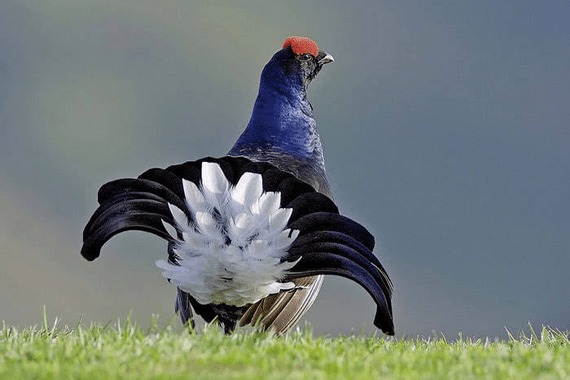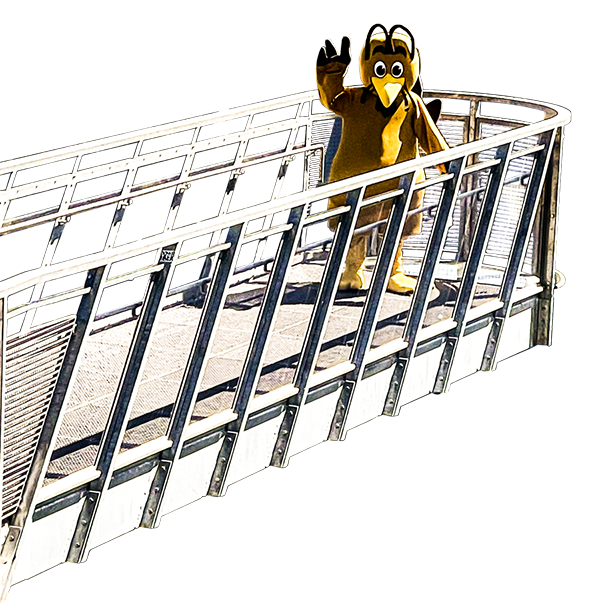
In the mountains, wildlife coexists with tourist activities and domestic animals.
Some mountain ungulates, such as chamois and mouflon sheep, are easy to spot but move away as soon as the safety distance of a few hundred metres is no longer respected.
The Morzine summer and winter leisure area is actively involved in the Portes du Soleil environmental observatory. We are particularly interested in the Tetras-Lyre, a so-called ‘umbrella’ species. While this species is doing well, so are the majority of species that live in the mountains. Quiet zones for the Black Grouse have been set up on the estate. Please respect these marked areas in both summer and winter.
You are more likely to see wild animals early in the morning or at the end of the day. If this is the case, keep your distance and don’t make any noise.
By allowing domestic animals to graze on mountain pastures and keeping these areas open, both wildlife and tourism benefit. The cohabitation of wild and domestic ungulates sometimes borders on promiscuity.
With the arrival of the wolf, domestic animals in the mountains have become the preferred prey of predators.
The expansion of forest-dwelling ungulates such as red deer and roe deer to higher altitudes is closely linked to the way mountain forests are managed.
This fragile ecosystem interacts with each other, and cohabitation can be harmonious if everyone respects each other.








